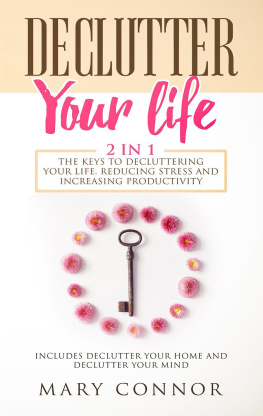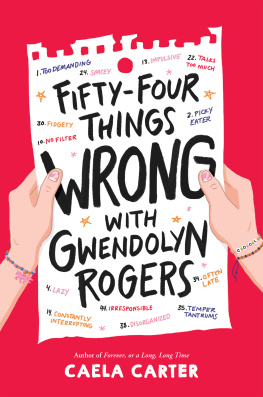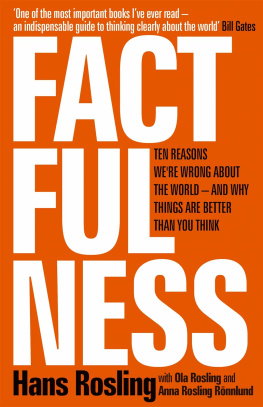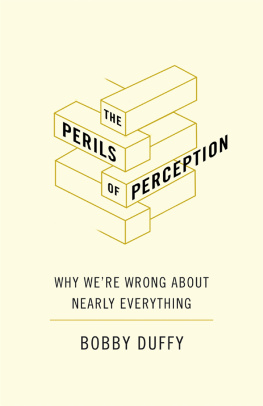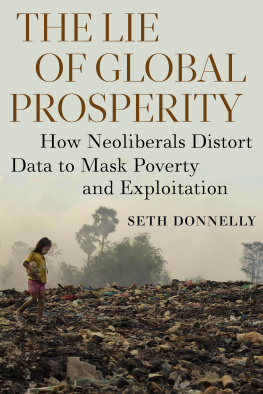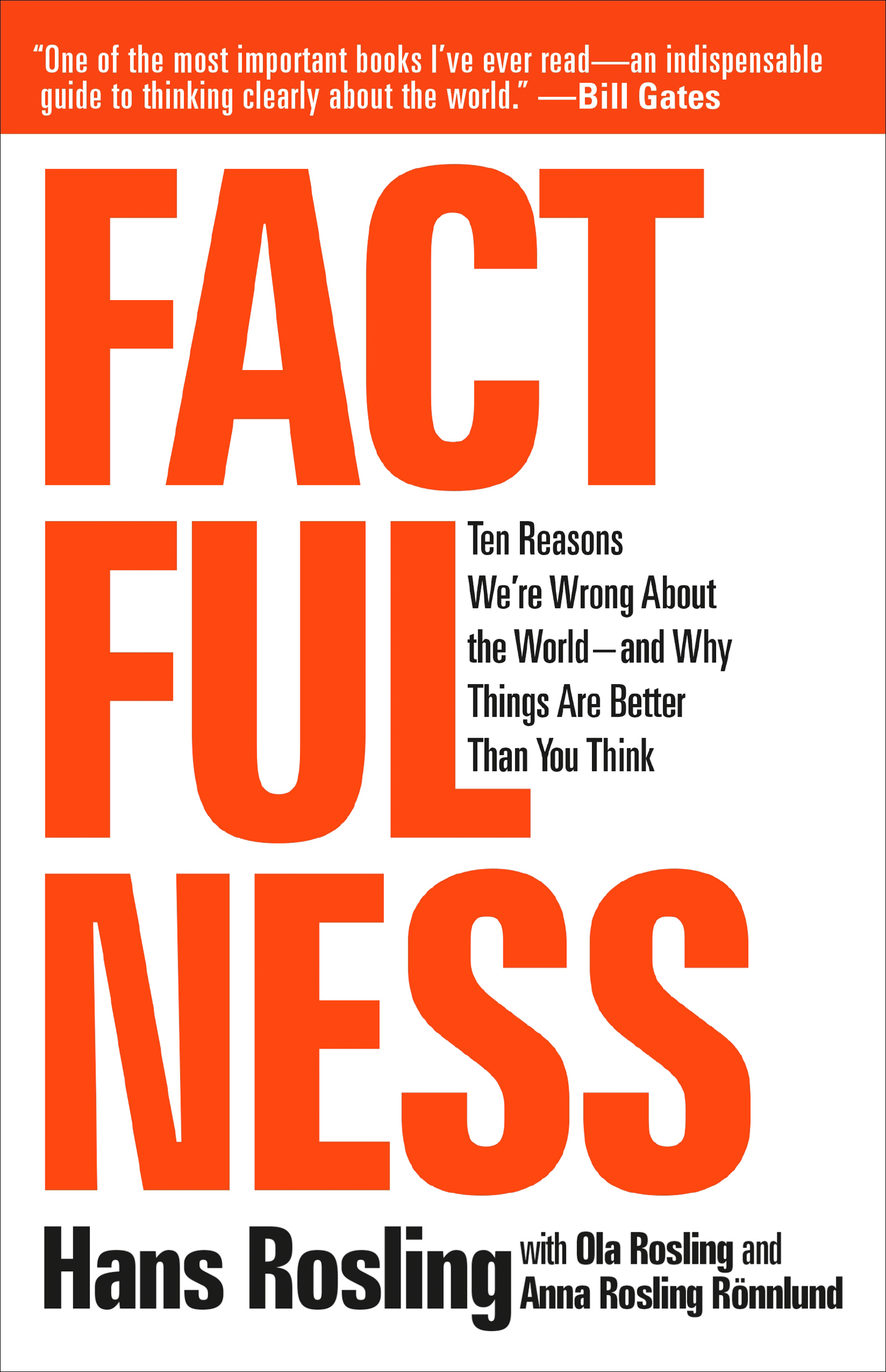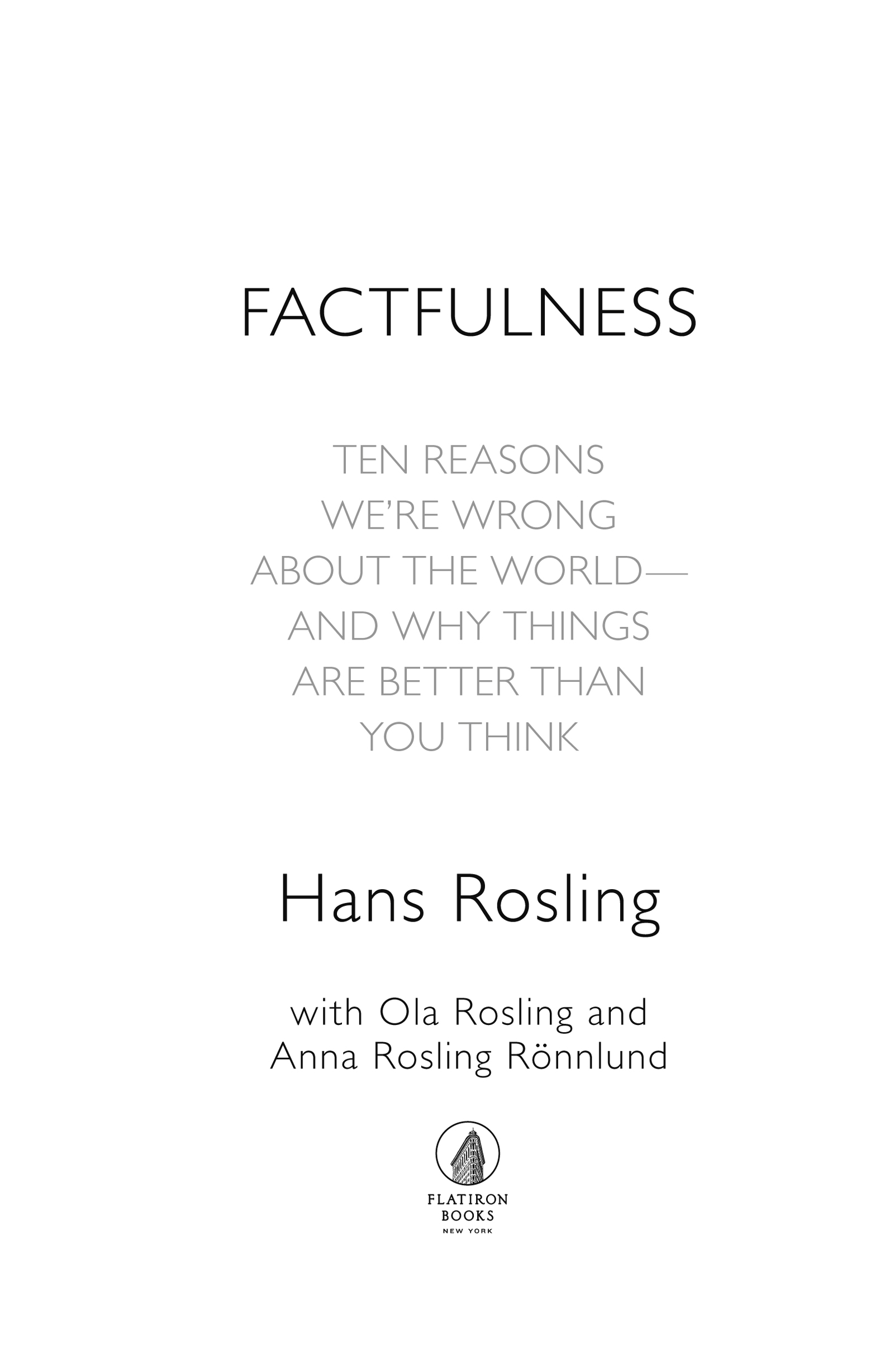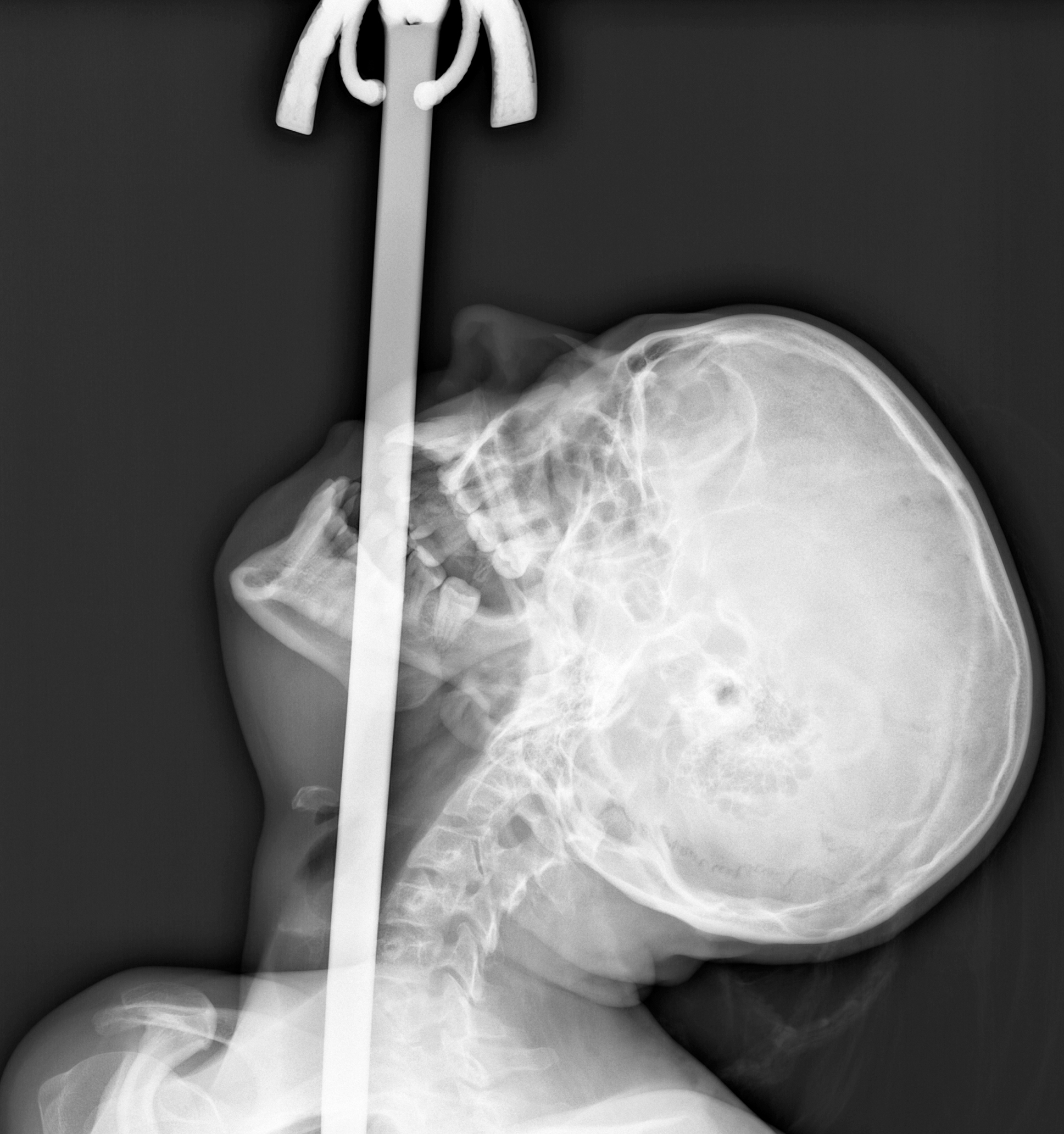Hans Rosling - Factfulness: Ten Reasons We’re Wrong About the World – and Why Things Are Better Than You Think
Here you can read online Hans Rosling - Factfulness: Ten Reasons We’re Wrong About the World – and Why Things Are Better Than You Think full text of the book (entire story) in english for free. Download pdf and epub, get meaning, cover and reviews about this ebook. year: 2018, publisher: Flatiron Books, genre: Politics. Description of the work, (preface) as well as reviews are available. Best literature library LitArk.com created for fans of good reading and offers a wide selection of genres:
Romance novel
Science fiction
Adventure
Detective
Science
History
Home and family
Prose
Art
Politics
Computer
Non-fiction
Religion
Business
Children
Humor
Choose a favorite category and find really read worthwhile books. Enjoy immersion in the world of imagination, feel the emotions of the characters or learn something new for yourself, make an fascinating discovery.

- Book:Factfulness: Ten Reasons We’re Wrong About the World – and Why Things Are Better Than You Think
- Author:
- Publisher:Flatiron Books
- Genre:
- Year:2018
- Rating:5 / 5
- Favourites:Add to favourites
- Your mark:
Factfulness: Ten Reasons We’re Wrong About the World – and Why Things Are Better Than You Think: summary, description and annotation
We offer to read an annotation, description, summary or preface (depends on what the author of the book "Factfulness: Ten Reasons We’re Wrong About the World – and Why Things Are Better Than You Think" wrote himself). If you haven't found the necessary information about the book — write in the comments, we will try to find it.
When asked simple questions about global trendswhat percentage of the worlds population live in poverty; why the worlds population is increasing; how many girls finish schoolwe systematically get the answers wrong. So wrong that a chimpanzee choosing answers at random will consistently outguess teachers, journalists, Nobel laureates, and investment bankers.
InFactfulness, Professor of International Health and global TED phenomenon Hans Rosling, together with his two long-time collaborators, Anna and Ola, offersa radical new explanation of why this happens. They revealthe ten instincts that distort our perspectivefrom our tendency to divide the world into two camps (usually some version ofusandthem) to the way we consume media (where fear rules) to how we perceive progress (believing that most things are getting worse).
Our problem is that we dont know what we dont know, and even our guesses are informed by unconscious and predictable biases.
It turns out that the world, for all its imperfections, is in a much better state than we might think.That doesnt mean there arent real concerns. But when we worry about everything all the time instead of embracing a worldview based on facts, we can lose our ability to focus on the things that threaten us most.
Inspiring and revelatory, filled with lively anecdotes and moving stories,Factfulnessis an urgent and essential book that will change the way you see the world and empower you to respond to the crises and opportunities of the future.
Hans Rosling: author's other books
Who wrote Factfulness: Ten Reasons We’re Wrong About the World – and Why Things Are Better Than You Think? Find out the surname, the name of the author of the book and a list of all author's works by series.


